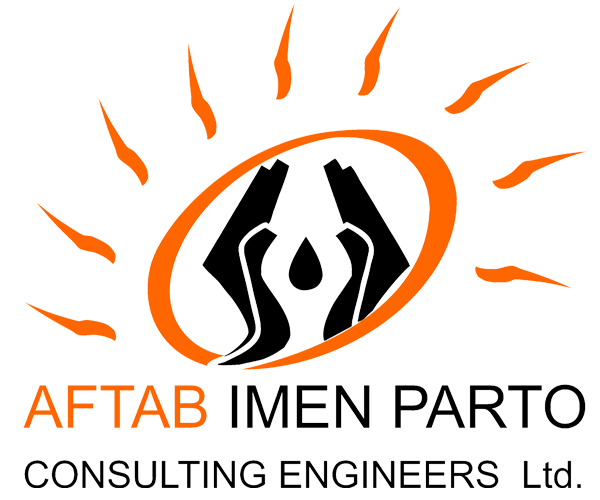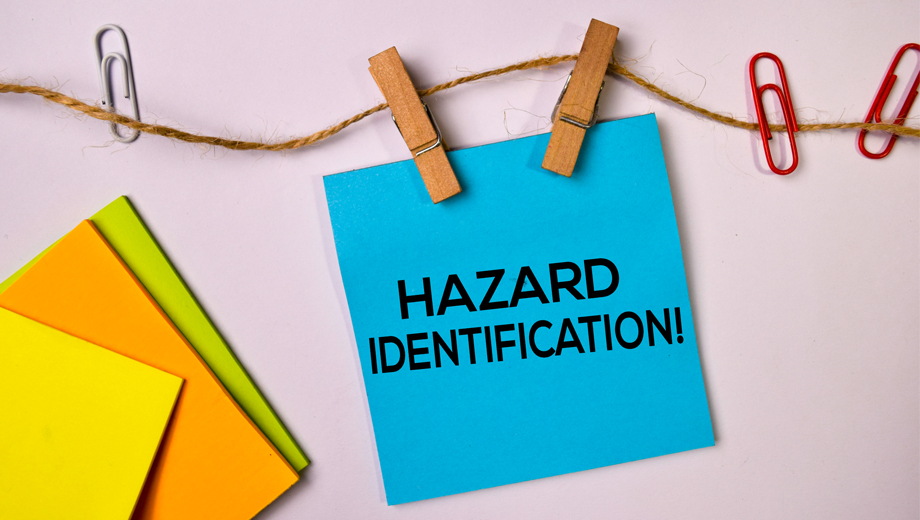HAZID studies are a systematic method in which comprehensive and general risks of the organization are identified by using keywords and categories. The idea of this method was formed after the success of hazard identification studies by the HAZOP method in process industries in order to comprehensively and systematically identify all non-process risks of the organization with a similar structure. The HAZID method was invented by combining the concepts and structure of the HAZOP method and several other methods. The use of this method is useful in all phases of projects due to its ease of use and high ability to identify general risks in all organizations. This method was initially approved by the Ministry of Oil of Iran, and for this reason, the oil, gas and petrochemical industries have been the leaders in its implementation, but now other manufacturing and service industries have also widely accepted this method due to its ease of implementation and practical results. They say The HAZID method has the ability to focus on health, safety and environmental issues at the same time, so this method covers the requirements of hazard identification in HSE-MS, OHSAS 18000, ISO 14000 and IMS systems.
Responding to the challenges of risk management
So far, more than a dozen risk identification methods have been invented, each of which is used in specific situations in different organizations. The HAZID method is also designed in response to the needs of organizations that face the following challenges:
- Organizations that are in the design stage and need to measure the adequacy of equipment and safety, health and environmental measures against possible risks before spending unnecessary time and money.
- Organizations that are in the stage of implementation and exploitation, but many risks with different risks occur in them.
- Organizations that intend to develop and improve their activities by using a comprehensive risk identification method in order to obtain OHSAS18000, IMS and HSE-MS management certificates should implement the requirements related to risk identification and risk assessment.
- Organizations that have identified and evaluated their high-risk hazards using specific methods such as FTA, HAZOP, but general hazards and existing safety systems have not been evaluated so far.


